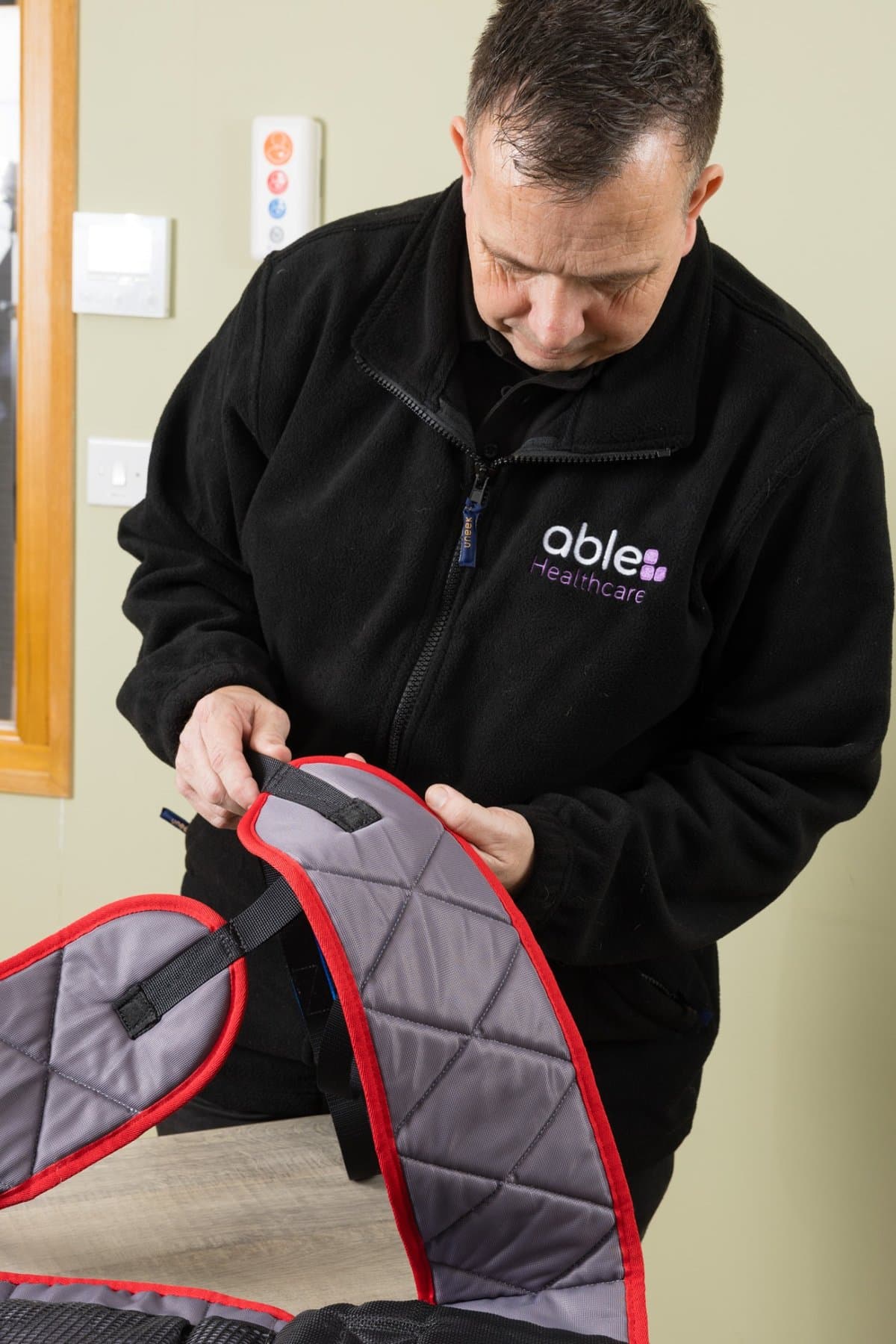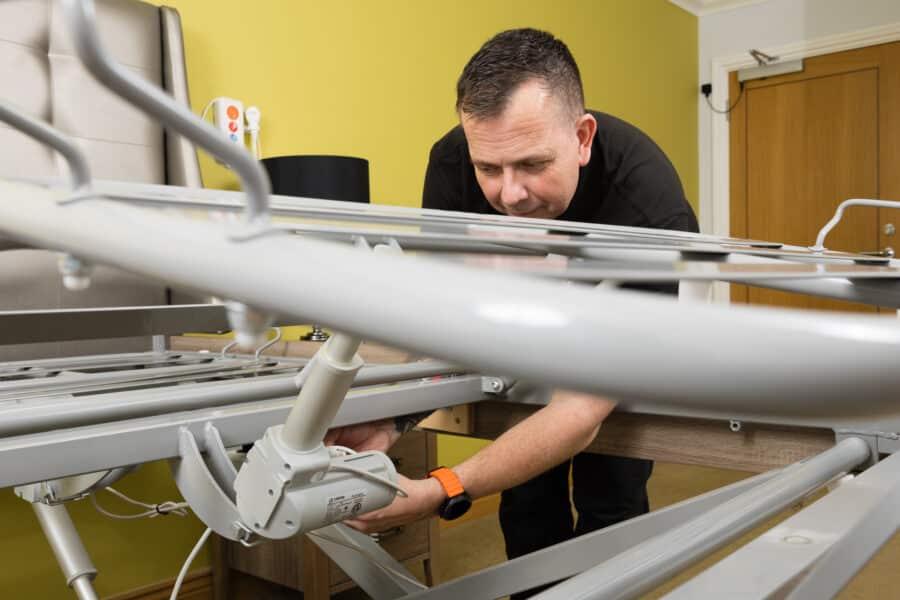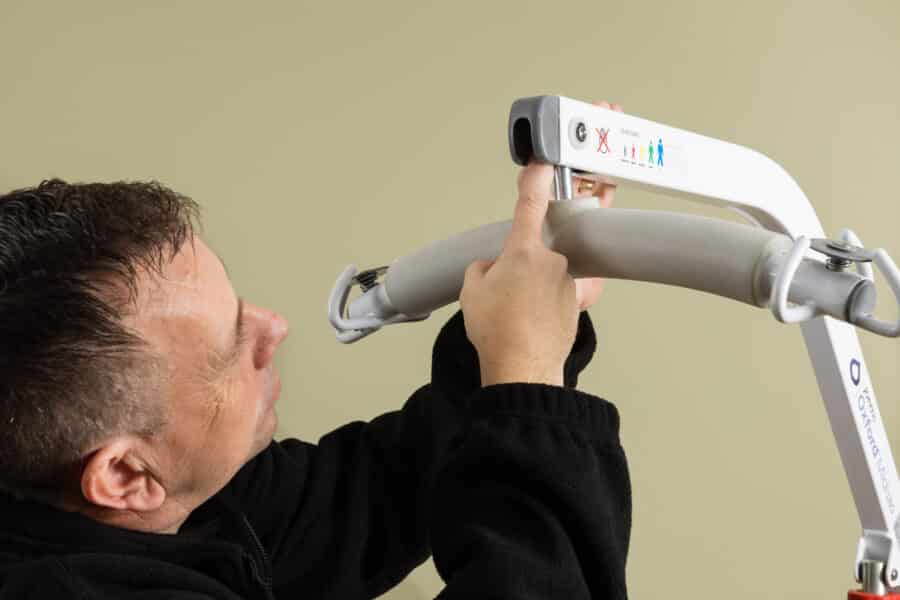In care homes, safety isn’t optional—it’s essential. One area that’s often overlooked is the regular LOLER sling inspections and hoists under LOLER regulations. While most care providers know that lifting equipment needs to be checked, many are unclear on how often inspections should happen, what they involve, and who is responsible. This guide will answer those questions clearly and help your care home stay compliant, safe, and inspection-ready.
What Is LOLER, and Why Does It Matter?
LOLER stands for the Lifting Operations and Lifting Equipment Regulations 1998. These rules require that all lifting equipment used to move people—including hoists and slings—is inspected regularly by a competent person. In care settings, this matters deeply. Residents rely on this equipment for safe transfers, and even a minor fault could result in injury.
Are Sling Inspections Covered by LOLER?
Yes. Slings are considered an accessory to lifting equipment, and they are fully covered under LOLER. Because they directly support the person being lifted, slings must meet the same inspection requirements as hoists. Neglecting sling checks isn’t just a compliance issue—it’s a serious safety risk.
How Often Should You Complete a LOLER Sling Inspection?
According to LOLER, all lifting accessories used for moving people must be thoroughly examined at least every 6 months. That includes:
- Full-body slings
- Toileting slings
- Stand-assist slings
Additionally, slings should be:
- Visually checked before each use by staff
- Inspected more frequently if used heavily or in high-risk settings
Failing to follow this schedule could lead to equipment failure, regulatory penalties, or harm to residents.
What Happens During a LOLER Sling Inspection?
A competent LOLER inspector will:
- Check stitching, webbing, and fabric for signs of wear
- Verify that labels and weight limits are intact and readable
- Confirm compatibility with hoists
- Record the inspection with a detailed report
They may also identify slings that need urgent replacement or are being misused.
How to Stay Compliant (Without the Headaches)
Instead of treating LOLER checks as a last-minute scramble, make them part of your planned maintenance process. Here’s how:
- Schedule 6-month inspections in advance with a certified LOLER provider
- Tag slings with inspection dates and assign them to specific residents or rooms
- Train staff to carry out daily visual checks and log concerns immediately
- Keep inspection records accessible for CQC reviews or audits
By building LOLER into your care home routine, you avoid last-minute panic and improve resident safety.
Common Mistakes (and How to Avoid Them)
Even well-run homes can make errors when it comes to LOLER compliance. Watch out for:
- Assuming the hoist is the only item needing inspection
- Using faded or unlabelled slings with unclear weight limits
- Failing to document inspections or keep logs up to date
- Allowing untrained staff to make visual safety judgments
Avoiding these pitfalls takes awareness, but it also builds confidence in your equipment and team.
Why Sling Inspections Deserve Attention
Slings are easy to overlook, especially when they appear clean or functional. However, wear and tear builds over time. A hidden weakness in a sling can lead to devastating consequences for a resident and legal risks for your home.
Staying proactive with LOLER inspections doesn’t just meet a regulation—it protects the people you care for every day.
Need Help with LOLER Compliance?
Able provides LOLER inspections for care homes, covering slings, hoists, and other lifting equipment. We offer scheduled visits, detailed reports, and friendly reminders so you never miss a deadline. Learn more here.
Complete the form below to book an inspection or learn more about our equipment safety services.
LOLER Sling Inspections in Care Homes FAQ’s
How often should LOLER sling inspections take place in care homes?
All slings used to lift people must be thoroughly inspected every six months by a competent LOLER inspector — and visually checked by staff before each use.
Who is responsible for LOLER sling inspections?
Care home managers are responsible for ensuring LOLER inspections are carried out on time and documented properly. Partnering with a certified provider like Able makes staying compliant easy.
What happens during a LOLER sling inspection?
A trained inspector checks stitching, webbing, labels, and weight limits to confirm the sling is safe. They’ll also issue a detailed report highlighting any slings that need repair or replacement.
Can care home staff do LOLER checks themselves?
Staff should perform daily visual checks for wear and damage, but formal LOLER examinations must be completed by a competent person — usually every six months.
What are the risks of missing a LOLER sling inspection?
Skipping or delaying inspections can lead to sling failure, injuries, or compliance breaches — all of which may impact your CQC rating and resident safety.
How can I make LOLER inspections easier to manage?
Keep a clear inspection schedule, tag each sling with its due date, and work with an external partner like Able for automatic reminders and inspection reports.
Where can I book a LOLER sling inspection?
You can arrange a professional LOLER inspection through Able’s care home equipment servicing team. Book your free consultation today to stay compliant and inspection-ready.





